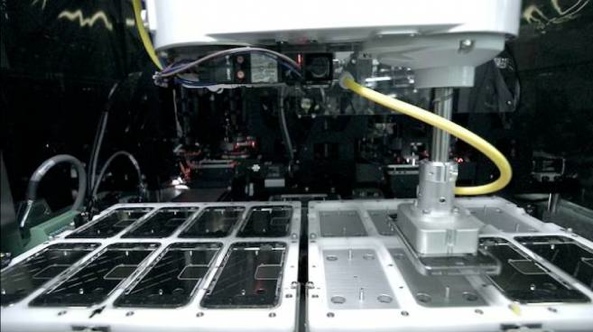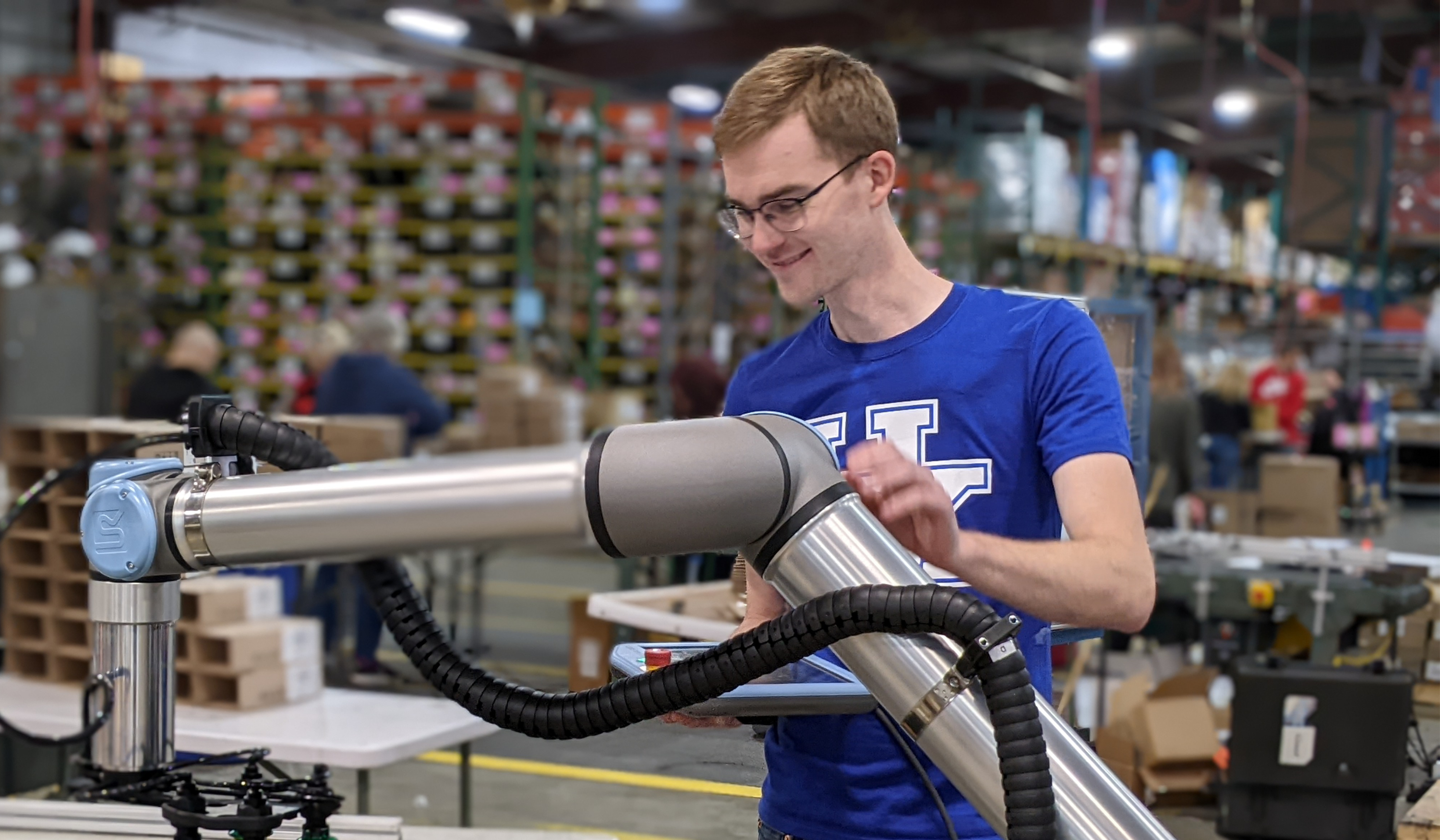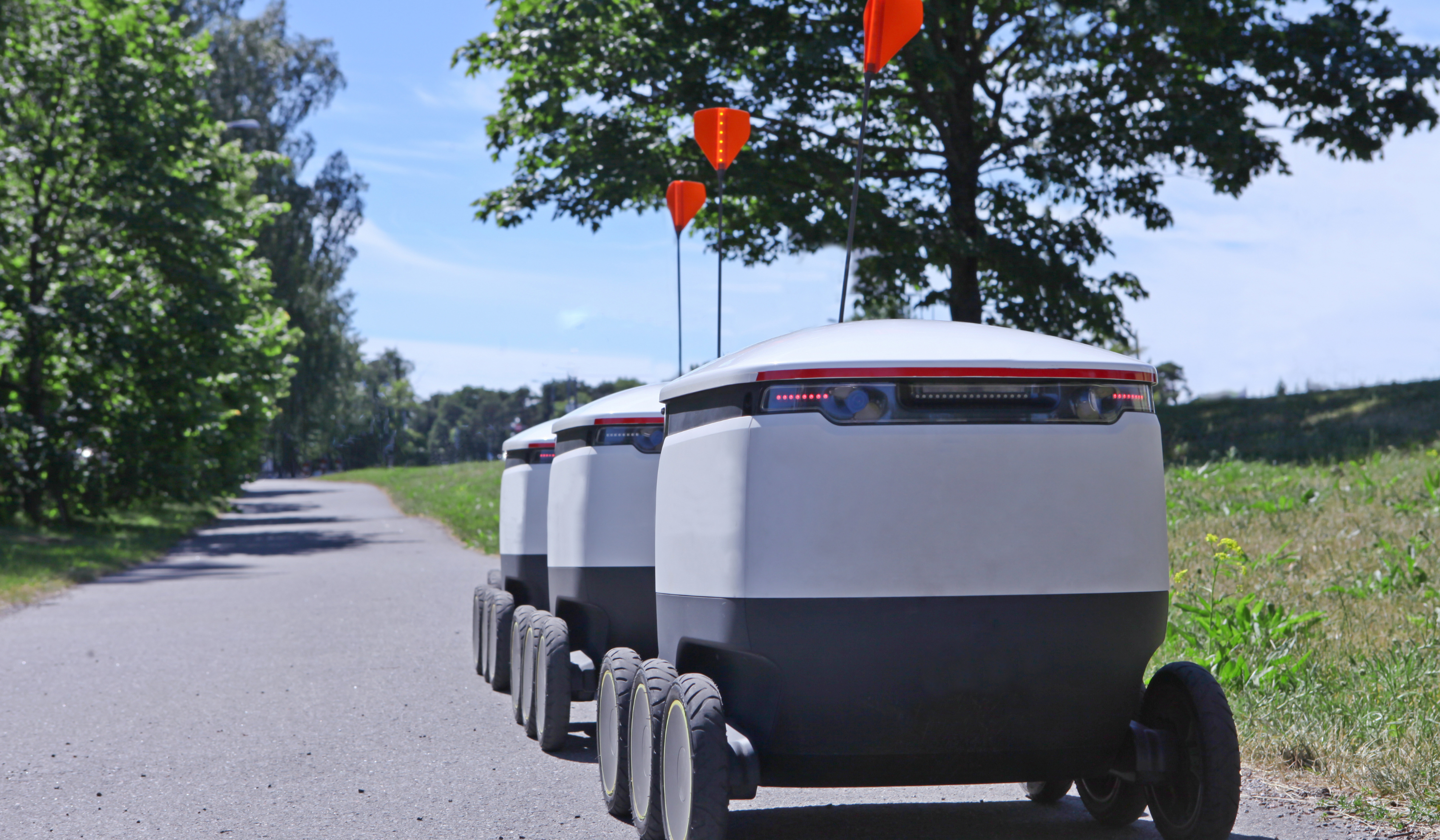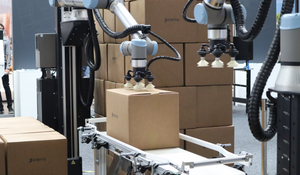Future of Industrial Robotics in China

Posted on Feb 05, 2014 9:00 AM. 3 min read time
Only a few weeks after the landing of the first Chinese robotic vehicle on the moon, we wanted to take a look at how robotics is growing in China. We might all agree, that most of the industries present in China are there for the cheap labor. This prejudice is beginning to change. In fact, more and more leading companies are reducing the number of employees on the production line and turning instead to industrial robots. Since the manufacturers of brands like Apple, Microsoft and Sony are present in China, we wanted to take a closer look at the projects that are going on there.
‘’A million robot army’’ - Terry Gou CEO Foxconn Technology Group
The Chinese company Foxconn Technology Group, the main producer of the well-known Apple ipad, last year was already targeting to have a one million industrial robot army replace their one million workers. The company already has 20,000 robotic machines in its factories, therefore the idea of enhancing their robotic army is a short term project. In fact, the company wants to achieve this goal in less than 3 years. Foxconn’s CEO, Terry Gou, affirmed that raising the salary of 1 million employees reduces the company’s profit. Robot use has been well-known for bigger industrial robotic manufacturing applications such as car manufacturing and large electronics, but Foxconn is actually developing industrial robots to assemble small electronic devices such as mobile phones.
As announced last fall, Foxconn is working in cooperation with the Chinese company Delta Electronics to develop a four joint robotic arm that will be reliable for manufacturing small electronic devices. The main task of the robot will be to move objects from one station to another without doing any complex manipulation, such as wiring. By 2016, Delta is hoping to sell a version of their robot for the sum of $10,000. This robot will definitively be competition for some traditional robot manufacturers such as ABB Group and Kuka.

But What About the Flexibility Factor of End-Effectors and Robots?
Delta’s robot would be less flexible than all the other 7-joint arm or collaborative robots now on the market, but it can definitively be a cheap solution for many simple assembly tasks. However, implementing such a huge army of robots that don't have much flexibility can represent a serious risk for the manufacturing process. In fact, since small electronic devices change quite often, with production lasting only from 9 to 18 months, the production line also needs frequent changeovers. Without flexibility it is hard for a company to restart a new production in a short period of time.
"How difficult it would be depends on the design of the phone." - Mikael Hedelind researcher ABB
The main concern the Chinese company has about replacing so many human workers by robotic workers is the loss of dexterity. "It's relatively easy for you [a human] to put a cable in a socket. You'll be able to fit it in every time," said Mikael Hedelind, a researcher at ABB. However for a robot, this task is quite difficult. In fact, most of the robotic end-effectors on robot arms, used on basic robots, are often a simple two-position device. A variety of robotic grippers can fit on most robots, however, the cost of the end-effectors is problematic for the Chinese company. Nevertheless, by increasing the dexterity of a robot gripper, the robot would enhance its flexibility and could then help to do quick changeovers between productions.
Although those decisions remain financially based for the Chinese plant, the company still wants to spread this mindset across other divisions. Workers’ jobs outside of Asia would be threatened. In fact, Foxconn is considering switching over their plants in North America to have more automation for the manufacturing of the Apple Mac computer. This means that "cheap robotization" is just around the corner. This also means that European and American robot manufacturers will have to reduce their price point and have more effective solutions for their enterprises to be able to catch up with the Chinese manufacturers.







Leave a comment